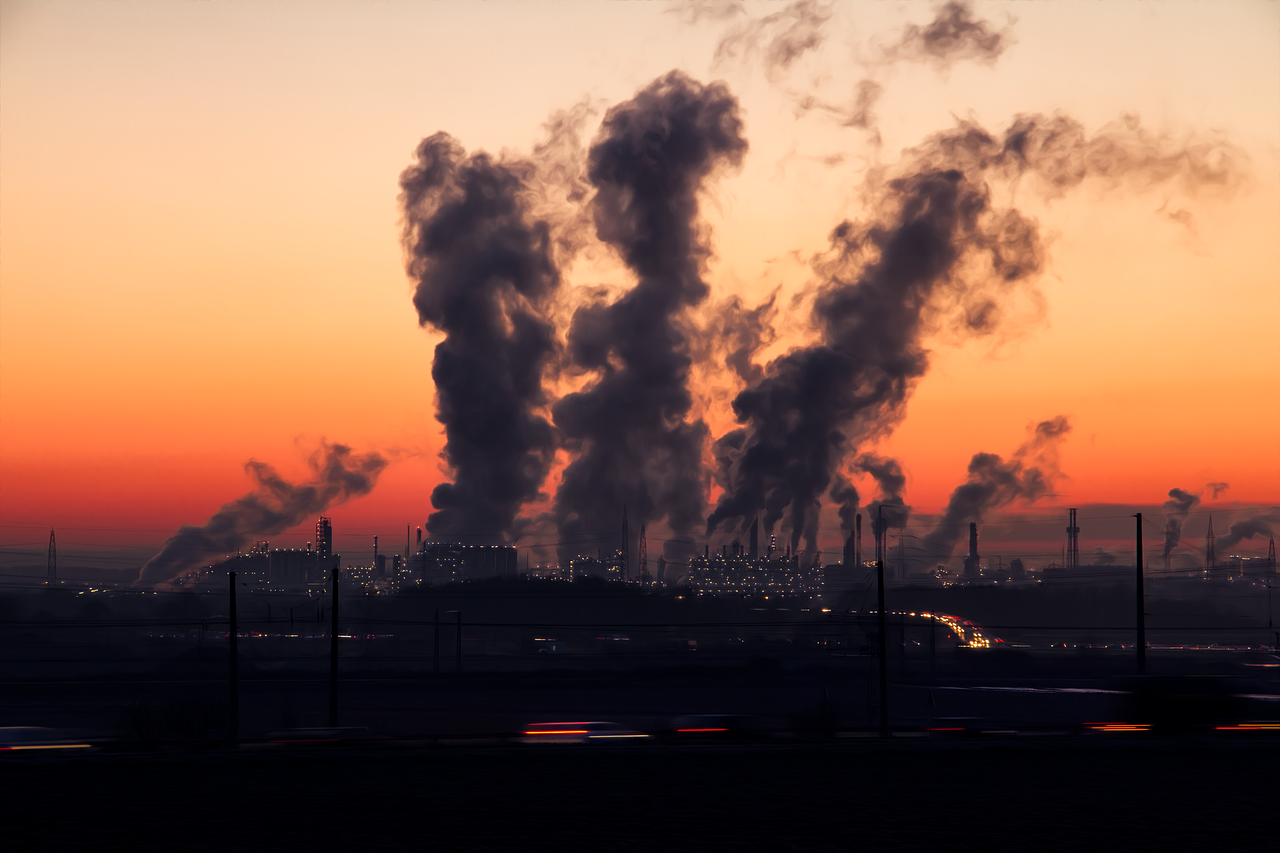A newly developed metal-organic framework (MOF) could help reduce the amount of carbon emissions produced by the petrochemical industry, according to a study published in the journal Advanced Functional Materials.
One of the most important challenges in the chemical and petrochemical industries is segregating molecules in an energy-efficient method. In fact, the separation processes make up for nearly 40 percent of the energy consumed in the petrochemical industry. Thus, reducing the use of energy in the separation processes can help reduce carbon emissions.
Propylene is one of the most significant products in the petrochemical industry as it is commonly used in fibers, foams, and plastics. However, purifying propylene almost always needs separating it from propane, and the propylene-propane separation process consumes so much energy.
One solution for this is the use of MOFs, which are porous, crystalline polymers made of metal nodes that are linked together by organic ligands. The pores in their molecular structure enable MOFs to capture molecules very effectively that they are now main candidates in carbon-capture research.
MOF-based membranes are one of the highest performers when it comes to separating molecules. They can also conduct the propylene-propane separation at ambient temperature. According to the researchers at Ecole Polytechnique Fédérale de Lausanne, the main problem with this approach is to make high-quality, ultrathin, MOF films on a commercial porous substrate without complex substrate alterations. If MOF films are of high quality, they have lesser defects and are needed for achieving the highest possible separation selectivity.
In their study, they developed a straightforward MOF crystallization method called “electrophoretic nuclei assembly for crystallization of highly-intergrown thin films” (ENACT). This approach enables simple regulation of the heterogeneous nucleation on unmodified porous and nonporous substrates. As a result, it promotes the production of ultrathin, highly intergrown polycrystalline MOF films.
The researchers used the ENACT method to make 500-nanometer-thick MOF membranes. Using the ENACT method enabled them to produce one of the best separation performances in propylene-propane separation so far. The ultrathin film made large propylene permeance, which will help minimize the membrane area required for industrial applications. The researchers concluded that the versatile, straightforward ENACT approach could be extended to a wide-range of nanoporous crystals.
More on petrochemicals
Petrochemicals are very particular chemical compounds that can be derived from oil, natural gas, coal, or other sources. Still, most petrochemicals are made from oil or natural gas. Oil and natural gas are used as feedstocks to produce about 99 percent of petrochemicals in the U.S. The most common petrochemical are considered to be the building blocks for organic chemistry. These include ethylene, propylene, butadiene, benzene, toluene, and xylene. Petrochemical derivatives are derived from these base petrochemicals. The petrochemical derivatives are classified based on how many steps it takes to convert the basic compound into the new derivative. In the petrochemical industry, the most produced chemicals are methanol, ethylene, propylene, butadiene, benzene, toluene, and xylenes. (Related: 15 Petrochemical Skin Care Ingredient to Avoid)
A lot of petrochemicals are produced with the use of extreme temperatures and pressures, using over 1,500 F and over 1,000 pounds per square inch (psi), respectively. Thus, this process uses large amounts of energy and sophisticated engineering. As a result of these extreme operating conditions, energy consumption takes up a great portion of the total cost of production.
Petrochemicals are found in different household items, such as plastic wrap, trash bags, and plastic bottles. The production of petrochemicals is high because humans tend to rely on them heavily. However, this also affects the environment through oil spills on land and sea and fossil fuel combustion emissions.
Read more news stories and studies on chemicals by going to Chemicals.news.
Sources include:
ScienceDaily.com
AFPM.org
IHSMarkit.com
Sciencing.com




















